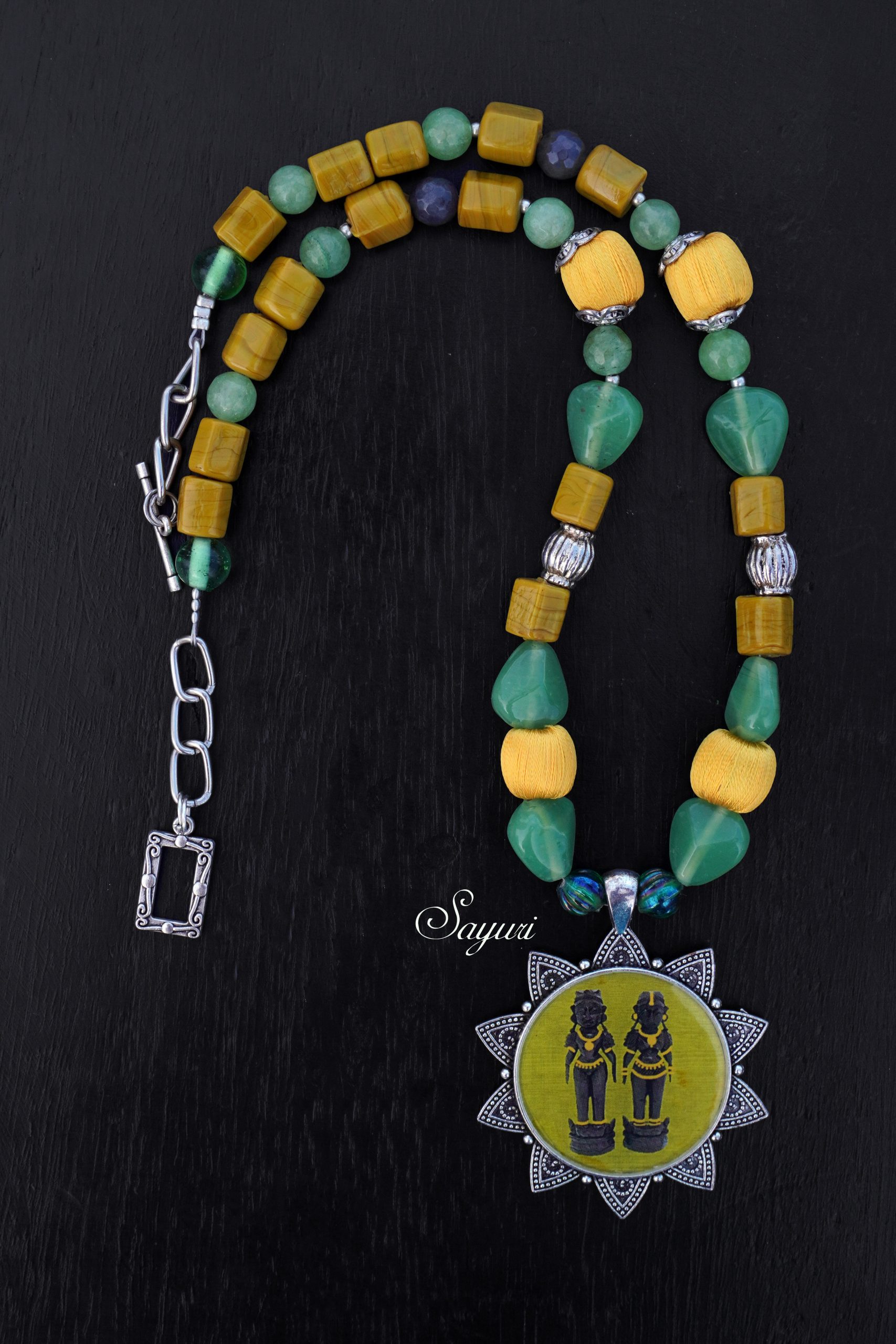In India, New year is celebrated is in the month of April based on the Solar and Lunar calendars. While different states celebrate on different dates, it is observed typically between 13-15th of April. Those living in Karnataka, Telengana and Andhra celebrate it as Ugadi, Maharashtrians celebrate it as Gudi Padwa, Sindhis as Cheti Chand according to the Lunar calendar. Those who follow the Solar calendar such as people of Tamil Nadu celebrate it as Puthandu, Keralities as Vishu and in Pujab it is celebrated as Baisakhi. There are exceptions where the new year is celebrated in October-November or even december. Wikipedia has a long list of months/days of New year celebrations in India. Regardless of how it is referred to, it is a festival. As a celebration of the same, I present the Tamil New year Edit of Marabu collection.
Tamil New year celebrations
During the regional New year, houses are cleaned and decorated with flowers, leaves, and kolams. The doorways are decorated with streamers – thorans of mango leaves. Neem and Mango get lots of importance as they encompass bitterness, sweetness and sourness – the holy trio of taste. In my house, we arrange an array of fruits, vegetables, flowers, new clothes, jewellery, coin around the image of a deity and in the presence of a mirror. We look at it as the first thing in the morning. This my mother believes will usher in positivity and prosperity.

Kolams are drawn to invite the Gods in and for a feel good atmosphere. Therefore my first necklace for this edit is a kolam necklace. The kolam is a pulli kolam on yellow base with contrasting blue and purple beads.
Ofcourse, food, particularly lunch is a big part of the celebrations. Whether it is a simple meal or one of several dishes it is flavourful. It is customary to eat food of different tastes as a reminder of the various experiences that life has to offer. There is jaggery for sweetness, dried chilli and salt for spice, tamarind for sour taste, green mango for pungency, neem leaves and flowers for bitterness. It is typically vegetarian (while not mandatory) as food is offered to Gods.

Tamil New year Edit of Marabu collection
As with the English New Year (1st of January) regional New year celebrations depend of the family and community. While it is a secular celebration, most people will visit a place of worship on that day or its eve. To mark that I have included two pieces pointing to Temple/ Gods in this edit. One above portrays the Triplicane temple at Chennai and the other below shows an image of Lord Krishna in the Nathdwara style. The pichwai and Nathdwara style of art is in trend now and thus the motivation for including one in this edit. These are in continuation to the Temple gopuram necklaces I made earlier.

On New year day, we read the almanac and mark out important dates. It actually goes to the old practice of planning for the entire year on the first day of the year so that we can be proactive.

While it is not customary to wear new clothes, people often dress well on this day. Ethnic attire and matching jewellery are important aspects of the celebration. There are also those put up decorative pieces around the house to make it more inviting for friends and family who visit. The last point is sort of moot for the past two years and I hope that it will be rectified atleast next year.
I have in the edit, two pieces inspired by traditional dolls and decorative objects. The marapachi necklace in elaichi (cardamom) green and the Thanjavur doll pendant in pink and green. The colour choice was influenced by the flavour of food and flowers and leaves used in decoration.

As the new year celebrations were low key in my house, I was happy to spend time shooting some reels for my instagram handle. Do check them out. This may be the thematic resin jewellery pieces for a while so grab them while they are available. All the pieces of the Tamil New year Edit of Marabu collection are available for sale as on this date.
I hope you found it interesting
Cheers



What do you think?